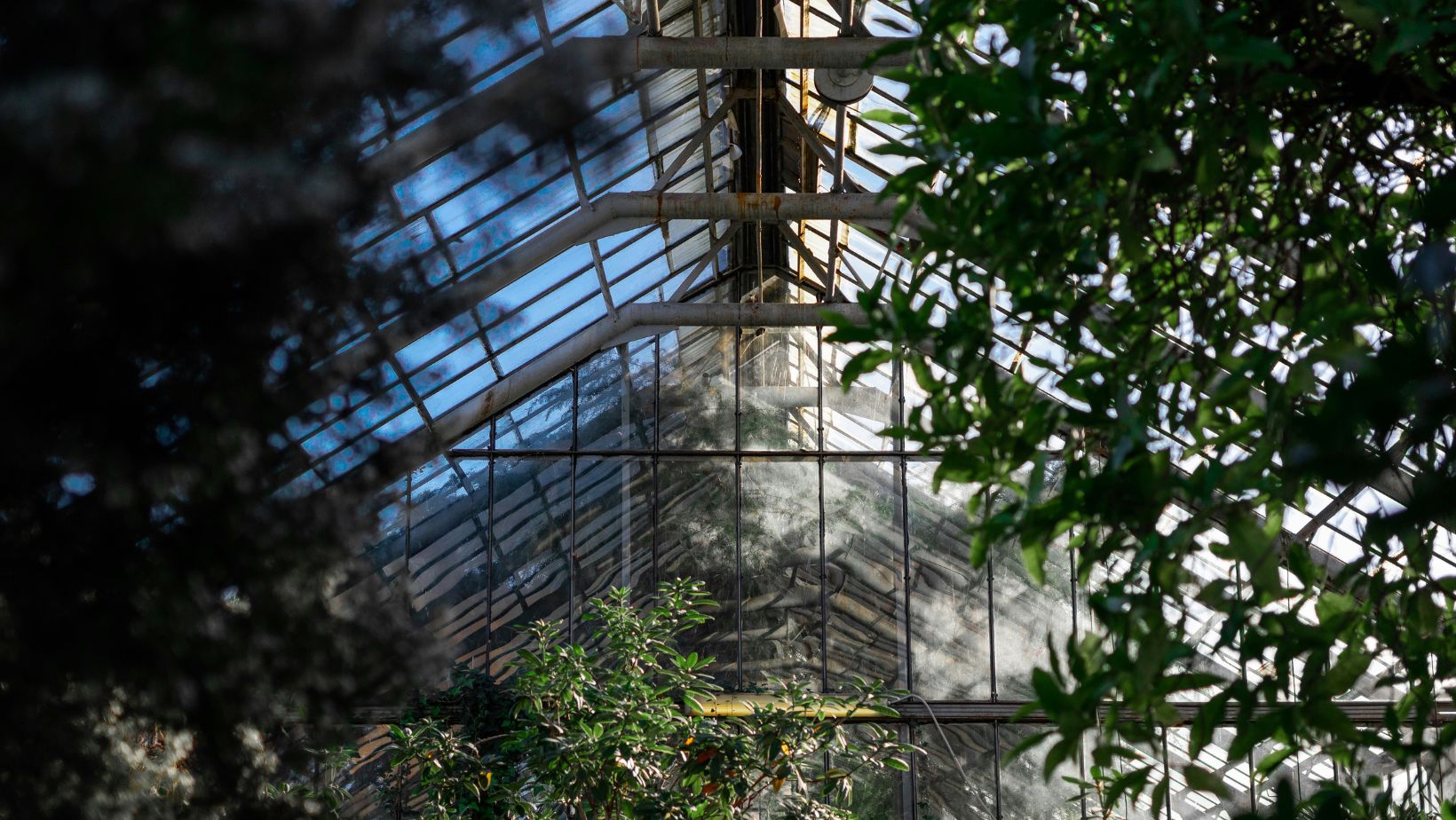Beneath the soil lies a steady source of power that could revolutionize how we grow food in cold climates and make agriculture greener than ever.
The Rise Of The Geothermal Greenhouse
While much of the world looks to the sun and wind for sustainable energy, a quieter force is rising from underground. Geothermal energy, long used to heat homes and power turbines, is now transforming agriculture through the concept of the geothermal greenhouse. These innovative structures capture the Earth’s natural heat to create stable and self-sustaining growing environments.
In countries such as Iceland and the Netherlands, growers are already reaping the rewards. By channeling geothermal heat into their greenhouses, they maintain ideal temperatures for crops such as tomatoes, peppers and herbs, even during harsh winters. The result is a new era of climate-resilient agriculture that runs on renewable energy instead of fossil fuels.
Greenhouse Builders VB And The Future Of Sustainable Farming
Among the pioneers driving this movement are Greenhouse builders VB, a Dutch company known for its expertise in advanced horticultural technology. VB has been instrumental in developing geothermal greenhouse systems that balance innovation with environmental responsibility.

By integrating geothermal heat sources into their greenhouse designs, VB helps growers reduce energy consumption and carbon emissions while achieving higher yields throughout the year. Their projects show how technical knowledge and sustainable engineering can work together to secure the future of global food production.
Turning Cold Climates Into Fertile Ground
In regions where traditional farming struggles due to low temperatures or limited sunlight, geothermal greenhouses offer a game changing solution. Iceland now grows nearly all its vegetables using geothermal energy. Even exotic crops such as bananas thrive under glass domes warmed by the Earth’s core.
This approach gives remote and northern communities something invaluable: food security and independence from volatile import markets. By using local heat sources, geothermal systems reduce reliance on fossil fuels and make farming possible where it once seemed unimaginable.
The Science Of Steady Warmth
What makes geothermal energy so powerful is its reliability. Unlike solar or wind, it is available day and night, providing constant low-cost heat that can be precisely controlled. In a geothermal greenhouse, this means a perfectly stable climate that supports healthy plant growth throughout the year.
Advanced systems, often designed by Greenhouse builders VB, combine geothermal heat with technologies such as LED lighting, hydroponics and automated climate control. The result is an efficient ecosystem that uses minimal water and land while maximizing crop output, a vital step toward sustainable high-tech agriculture.
Challenges Beneath The Surface
The geothermal path is not without obstacles. Drilling deep into the Earth to access geothermal reservoirs requires significant investment, which can make it less accessible to smaller farms. In some regions, suitable geothermal sources are either too deep or too far from agricultural land.
Innovation continues to close that gap. Companies such as VB are developing modular systems that make geothermal integration more affordable and scalable. Government incentives and research partnerships are also helping to speed up adoption across Europe, North America and Asia.
Growing A Greener Tomorrow
As the world looks for ways to decarbonize food production, the geothermal greenhouse stands as one of the most promising solutions. It shows that sustainable farming does not have to come at the cost of productivity and that the Earth itself can provide the warmth we need to grow.
With forward-thinking innovators such as Greenhouse builders VB leading the way, the future of agriculture may well be rooted not in the sky but deep beneath our feet.

